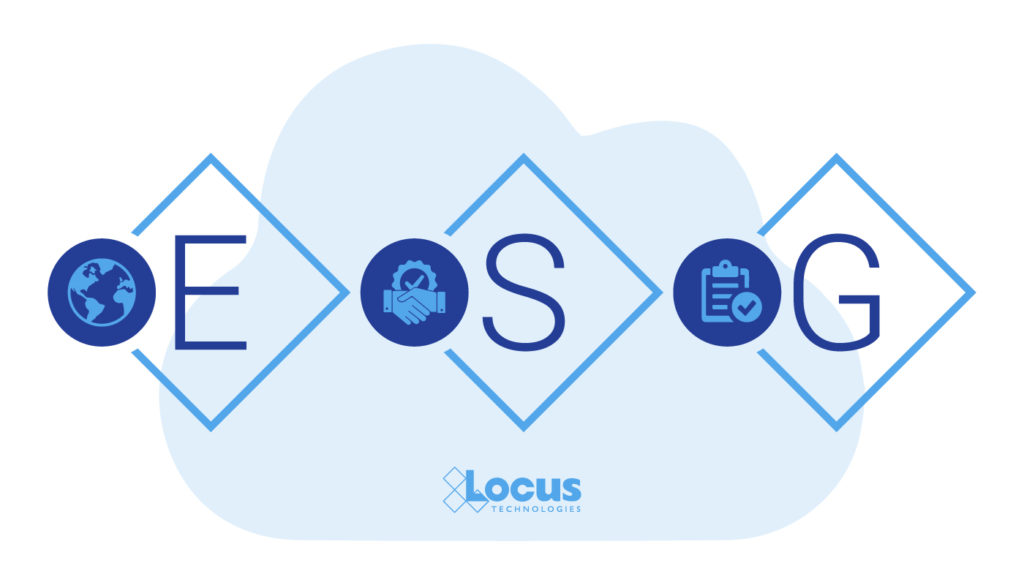Locus Introduces Visual Calculation Engine for ESG Reporting

Locus Technologies, the leading EHS Compliance and ESG software provider, today announced the industry-first visual calculation engine for ESG reporting. Locus’s visual calculation engine helps companies easily set up and view their entire ESG data collection and reporting program, enabling full transparency throughout the entire process. Through an interactive branching interface, ESG professionals can quickly identify areas where to focus efforts to improve their ESG performance. Companies that set goals in line with the Science-Based Targets initiative (SBTi) can use Locus’s ESG software to track progress to reach those goals in a transparent and credible manner.
Having a visual calculation engine reduces the burden, time, and potential inaccuracies associated with ESG reporting. The environmental portion of ESG reports includes complex calculations, factors, and numerous data inputs. The visual calculation engine goes beyond GHG (Greenhouse Gas) and addresses any calculations that are part of ESG reporting such as waste generation, resources, and water consumption. Through the visual hierarchical tree, companies can easily get to the sources of any raw data, factors, and formulas used to generate reported ESG metrics.
See related article: Allogene Therapeutics Publishes Inaugural Environmental, Social and Governance Report
With an increased focus on ESG reporting and transparency, ensuring accurate reporting is more important than ever. Locus’s award-winning ESG data tracking, analysis, reporting, and visualization software aims at helping organizations plan, implement, and accelerate net-zero strategies. Choosing the right calculation engine plays a crucial part in remaining compliant with rapidly evolving requirements and regulations. In the US, the SEC’s proposed rules expected this year will likely require public companies to report emissions from their operations, energy usage, and resources they consume. The SEC requirements are being driven by the fact that many investors are considering ESG disclosures in their investment decisions. With those requirements, there is an expectation that these reports will be subject to some form of auditing to ensure accuracy. Locus’ accredited GHG verifier designed the visual calculation engine to support this impending requirement. It provides a single consolidated view of all input data, referenced factors, and calculations that went into the ESG report. Through the calculation engine, raw data can be traced back to the user input, integrated external database, utility API, supplier attestation, or any other data source.
Locus’s visual calculation engine supports simultaneous calculations using multiple methods so that users can input data once and report to federal, state, and voluntary reporting programs according to each proper protocol. Once raw data is in the Locus ESG app, reporting can be performed to several different reporting standards such as U.S. EPA Mandatory Reporting Rule, European Union Emissions Trading Scheme (EU ETS) or GRI, SASB, CDP, DJSI, GRESB, and DNSH.
“Locus’ visual calculation engine builds upon over a decade of experience performing verification of ESG data for many companies. Coupled with Locus SaaS Platform it provides all necessary tools to simplify data management, reporting, and visualization of necessary carbon and other calculations in real-time. It provides full transparency for calculations, which become part of an organization’s ESG reporting. As financial-grade audits are applied to ESG reporting, this becomes a critical feature for organizations needing a reliable ESG reporting tool,” said Wes Hawthorne, President of Locus.
Source: Locus Technologies








